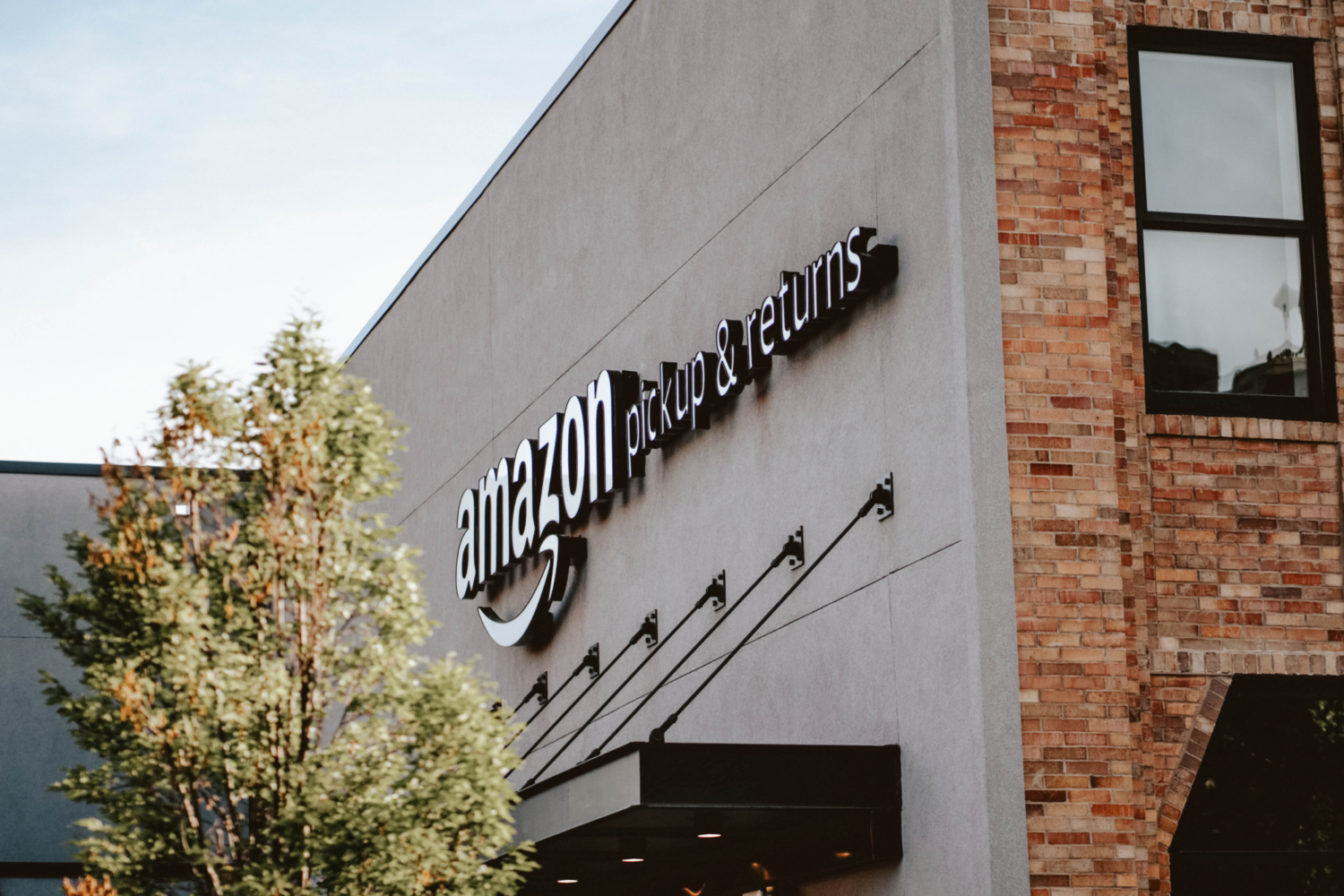“Collective action is contagious,” said Rebecca Givan, a labor studies professor at Rutgers University, on the topic of Amazon and unionization. This seems to be Amazon’s fear if some of their warehouses unionized.
What Amazon’s Work Environment Is Like
Amazon employees experience increasing demands, like 300 item scans an hour and other expectations that have created an unhealthy work environment. Amazon executives make these demands, but are not doing the same work.
With increasing expectations, pressures and turnover rate for new employees, Amazon employees are often under intense pressure. These are the same employees that should have some say in their jobs.
Unionization Efforts at Amazon Warehouses
Earlier this year, there was a unionization effort at an Amazon warehouse in Bessemer, Alabama, where some Amazon employees attempted to form a union and exercise collective bargaining power in discussions of workplace conditions. Workers filed a notice to have a unionization vote; Amazon was clearly opposed to these unionization efforts as the company allegedly bombarded its employees that were eligible to vote with anti-union text messages and flyers posted on bathroom doors.
With Amazon’s clear disdain towards unionization, it becomes evident that the company does not seem to want to hear how their workers feel about their working conditions.
On April 9, the vote to unionize was unsuccessful; this was a big win for Amazon. If the unionization efforts had been successful, employees in other Amazon warehouses could have also unionized.
Have Other Major Companies Had Unionization Efforts?
Amazon is not the only company to resist unionization. When workers at a Walmart meat department in Texas formed a union, the only Walmart department in the U.S to unionize, Walmart announced two weeks later that they were eliminating the butcher department at that store and would only sell prepackaged meat.
Like Walmart, Amazon works to avoid unionization among its workers– but Amazon has seen more recent attempts at unionization from workers.
Other Unionization Efforts at Amazon
There were also efforts in an Amazon warehouse in Chester, Virginia, to form a union. Just like in Bessemer, Amazon worked to ensure it would not be successful.
Amazon employees are still working in unjust conditions, and Amazon does not seem to consider ways to improve these conditions while still meeting its bottom line. But some employees don’t think that a union is necessary to ameliorate Amazon’s problems. Will Stokes, an Amazon warehouse employee and process assistant, mentioned at an Amazon news conference that, “Amazon is not perfect, there are flaws, but we are committed to correcting these flaws.” He goes on to say that Amazon does not need a union to fix these problems. “Why pay a union to do something we can fix ourselves,” Stokes said.
Is Amazon Really Fixing These Problems?
The problem, however, is that by not improving working conditions, Amazon is ignoring its workers’ experiences. While the company argued that workers in Bessemer were paid $15.30 an hour, well above the minimum wage of $7.25 an hour, workers still felt that $15 an hour was not enough compensation for the level of stress they are under because of Amazon’s productivity rates.
Despite failed attempts at unionization, the Teamsters, “America’s largest, most diverse union”, are currently working in support of unionization efforts at Amazon. The Teamsters have noted that focusing on one warehouse at a time was not sufficient because of how large Amazon is. With plans to call for “shop floor strikes, city-wide strikes and actions in the streets,” the Teamsters are attempting to make a difference for workers at Amazon.
In my next article we will explore how Amazon practices sustainability and whether or not they have followed through with recent promises they have made to improve their sustainability.
Read the first article in the series.
- How Amazon Harms Your Local Government - January 31, 2022
- How Does Amazon, LLC Affect the Amazon Rainforest? - January 3, 2022
- Why Doesn’t Amazon Have Unions? Insider Labor Organizing at One of America’s Largest Companies - December 26, 2021
